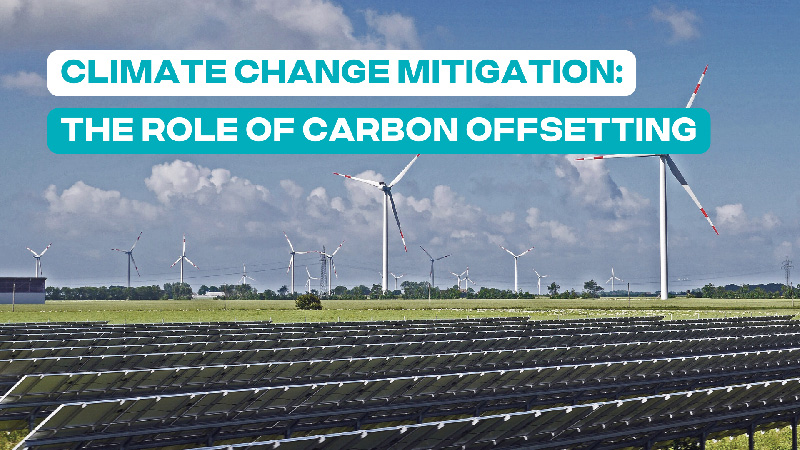Over the last few weeks we saw the dramatic rise and fall of excitement across the science world with the announcement of the discovery of a new superconducting material – the “LK-99”.
On July 22, a team of researchers in South Korea who have been working on superconducting materials for several decades finally claimed to have reached a “eureka”-moment with a new breakthrough discovery that would “open a new era for mankind”. LK-99 – the superconducting material that works in room-temperature and ambient pressures.
The news quickly spread like wildfire with scientists and innovators around the world watching closely. Sadly, the scientific community failed to replicate their findings, thereby unable to verify the utopic claims of LK-99 – it seems the holy grail of material science stays a dream for now.
However, it did make us speculate on the implications of such a discovery in terms of decarbonization and its impact towards a net-zero future. What would the world look like with electricity flowing freely without any resistance losses? What would that mean for renewable energy, electric vehicles and energy storage capabilities?
In this article we’ll explore what a superconductor is, and how the discovery may just be the salvation for man-made climate change.

What is a superconductor?
Modern materials that are used to conduct electricity today, like copper wires, are inefficient. Up to 10% of the electricity flowing through is wasted as electrons tumble down the wire bumping into atoms and generating friction. This happens everywhere electricity flows.
A superconductive material does not suffer these same resistances, providing a clear path for electrons to flow freely without losing any heat energy. Such materials already exist today, and are currently used in a variety of applications such as MRI machines and MagLev trains. However, these materials consist of expensive alloys, requiring extreme conditions to operate effectively.
Extremely low temperatures (approaching “absolute zero” at -273.15 degrees Celsius) and extremely high pressures of over 100,000 times atmospheric pressure is needed to achieve superconductive properties. As such, this is not very practical or viable for most applications.
A room-temperature superconductor like LK-99 would be a game-changer, unlocking lossless transmission of electricity to all sectors of industry. Their incredible ability to transmit electricity without resistance hints at a utopian future: lossless energy transmission, electricity generation at peak efficiency and devices running with minimal wasted electricity. The elusive technology may just be the solution we need to achieve a truly net-zero world.
The impact of superconductors on energy and climate change:
1. Reimagining Electricity Transmission
Every time you switch on a light or power up a device, there’s a hidden toll. Existing power lines, primarily using copper or aluminium, experience substantial electricity losses. On a global scale, these losses are equivalent to the energy consumption of entire countries such as Spain and Taiwan. Such waste not only implies a significant economic cost but also leaves a big carbon footprint.
Imagine a world where these energy losses are all but eliminated. Room-temperature superconductors, like LK-99, offer that very dream: a seamless electricity transmission process where every generated watt reaches its intended destination, untaxed and unhindered.
2. Diversifying our Energy Infrastructure
Our current constraints in energy transmission have limited our ability to harness the planet’s vast renewable resources. But, with lossless transmission, boundaries quickly start to blur. Deserts could shine with solar panels, sending energy across continents, while geothermal giants like Iceland’s volcanoes might power faraway cities with clean, carbon-free energy.
3. Amplifying Renewable Energy Adoption
Boosting Turbine and Solar Efficiency:
As we inch closer to a greener world, wind turbines and solar panels are taking centre stage. A material like LK-99 could supercharge these champions of renewable energy, ensuring every gust of wind or ray of sunshine is harnessed to its maximum potential.
Addressing Renewable Intermittency:
One major roadblock to renewable energy domination is intermittency. The sun doesn’t always shine; the wind doesn’t always blow. Enter Superconducting Magnetic Energy Storage (SMES) systems. With room-temperature superconductors in the fray, these systems might store vast amounts of energy efficiently, ensuring a steady, reliable power supply.
4. Driving Forward a Green Transportation Revolution
Electric Vehicles (EVs) are steering us towards a cleaner future. LK-99 could make this journey even more transformative. By improving motor efficiency and drastically reducing energy losses during charging, EVs could see extended ranges and shorter charging times. In this envisioned world, electric cars aren’t just an alternative—they’re the gold standard of transportation.
5. Envisioning a Nuclear Fusion Frontier
The Electromagnet Evolution:
Nuclear fusion, the process that powers the sun, remains our most promising yet elusive energy solution. Room-temperature superconductors, like LK-99, could change the game once and for all. By enabling the creation of potent, cost-effective electromagnets, these superconductors could confine plasma efficiently, potentially paving the way for a fusion-powered, net-zero world.
Balancing how we handle energy with conserving the environment
At its core, the global battle against climate change revolves around rethinking how we produce and use energy. Superconductors, particularly the likes of LK-99, emerge as potential powerhouses in this fight. Validated room-temperature superconductors could expedite the shift from high-emission, non-renewable sources to cleaner, greener alternatives. The absence of energy wastage implies reduced carbon emissions and a diminished strain on our planet.
With readily available and operationally efficient superconductors, carbon neutrality may finally be brought within arm’s reach. As energy production and transmission undergo a fundamental overhaul, the carbon footprint of entire industries could plummet. The road to a net-zero world becomes smoother and shorter.
Maintaining hope with healthy scepticism
While the promises of LK-99 are undeniably exciting, it’s important to maintain a balanced perspective. Until we can successfully replicate a reliable room-temperature superconductor, we are still a way away from lossless energy transmission.
Once we eventually achieve, the continued journey from lab discoveries to widespread commercial applications is long and fraught with challenges. From scalability and affordability issues to the need for extensive infrastructure changes, the path to superconductor supremacy is intricate. But, with each challenge comes the opportunity for innovation and evolution.
In the climate-change narrative, superconductors, especially the likes of LK-99, represent a beacon of hope. A validated room-temperature superconductor is more than just a scientific marvel; it’s a potential cornerstone in building a sustainable, greener future. As we navigate this promising terrain, we remain cautiously optimistic, keeping a watchful eye on these potentially transformative innovations on the world of climate science.




